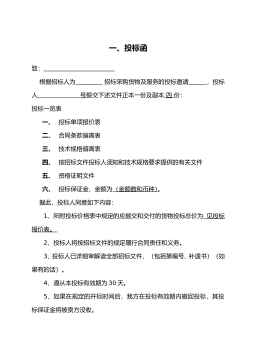ABSTRACT
In recent years, China's economy developed rapidly and economic level steadily
increased, but behind the economic prosperity and development, gradually appeared in a
series of issues before us. First of all, because of China's annual economic losses caused
by environmental pollution a clear upward trend. Second, the low utilization rate of
resources is serious waste. Moreover, the serious ecological damage to the environment,
soil erosion, deforestation and desertification phenomenon in China has become
increasingly serious. Control environmental pollution, improve environmental quality
and promote sustainable development has been of no delay now.
The rapid economic development of environmental pollution and waste of
resources is not a phenomenon unique to our country, but any country in the process of
economic development is inevitable widespread problem. States environmental
protection had adopted a different solution, largely gone from a command economy to
control the main incentive-based development process. And economic incentives,
including environmental charges or taxes, permit trading system and the deposit-refund
system and financial subsidies.The economic incentives in the tax as a means of a
reflection of national policy on the environment an important economic lever, in the role
of environmental protection has become more apparent. Back in the 1970s, many
developed countries will be tax as a protection of the natural environment and
maintenance of ecological balance of an important measure to control the pollution and
environmental damage levied for specific behaviors specialized taxes, as environmental
taxes.20 since the late 1980s, environmental taxes in the Organization for Economic
Cooperation and Development (OECD) member countries have been developing rapidly,
and has achieved good results.
Foreign tax environment has been a lot of research, environmental taxes have been
gradually implemented, and have made certain experiences in environmental protection
and resource conservation has played a role, but a number of foreign research results
can not be directly applied to China's situation. Therefore, in this paper, the successful
experience of other countries on the basis of, and is based on our basic national
conditions, and the establishment of our tax system environment, and in accordance
with the environment in the entire tax system in the design and implementation of the





















